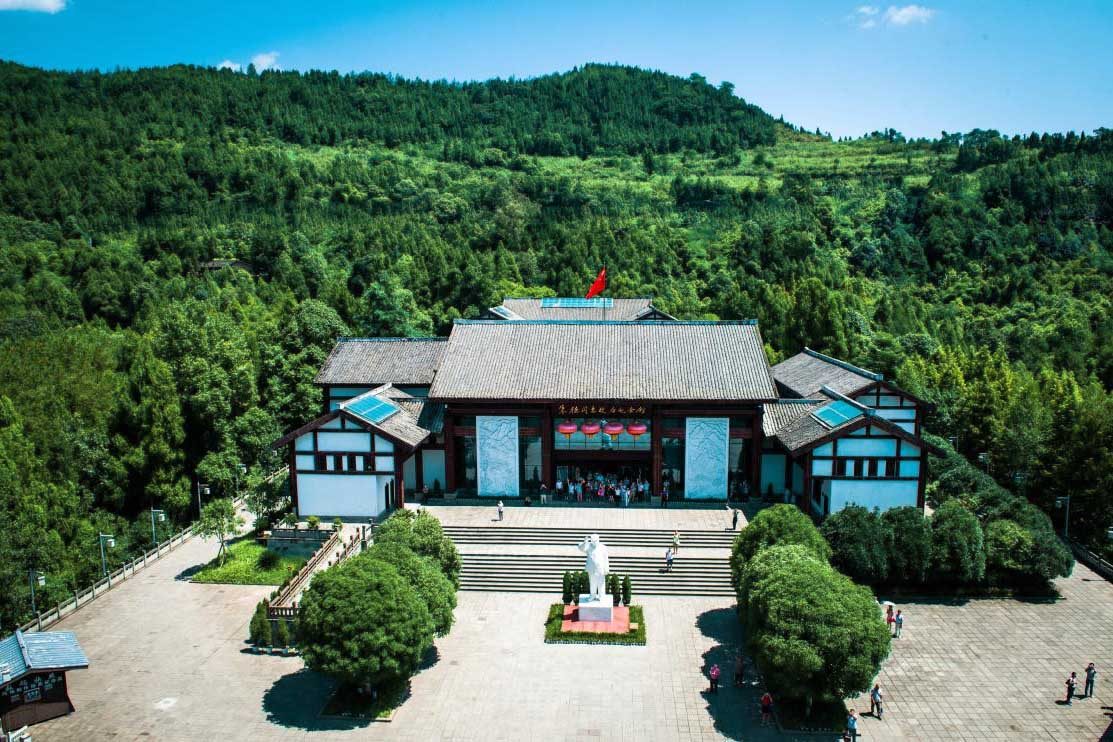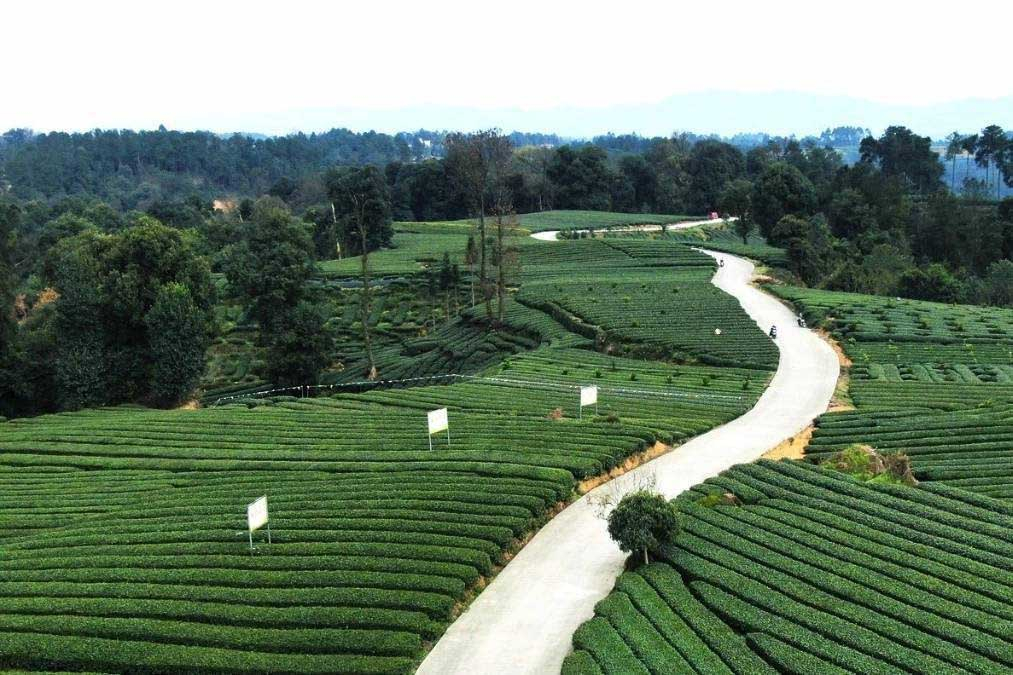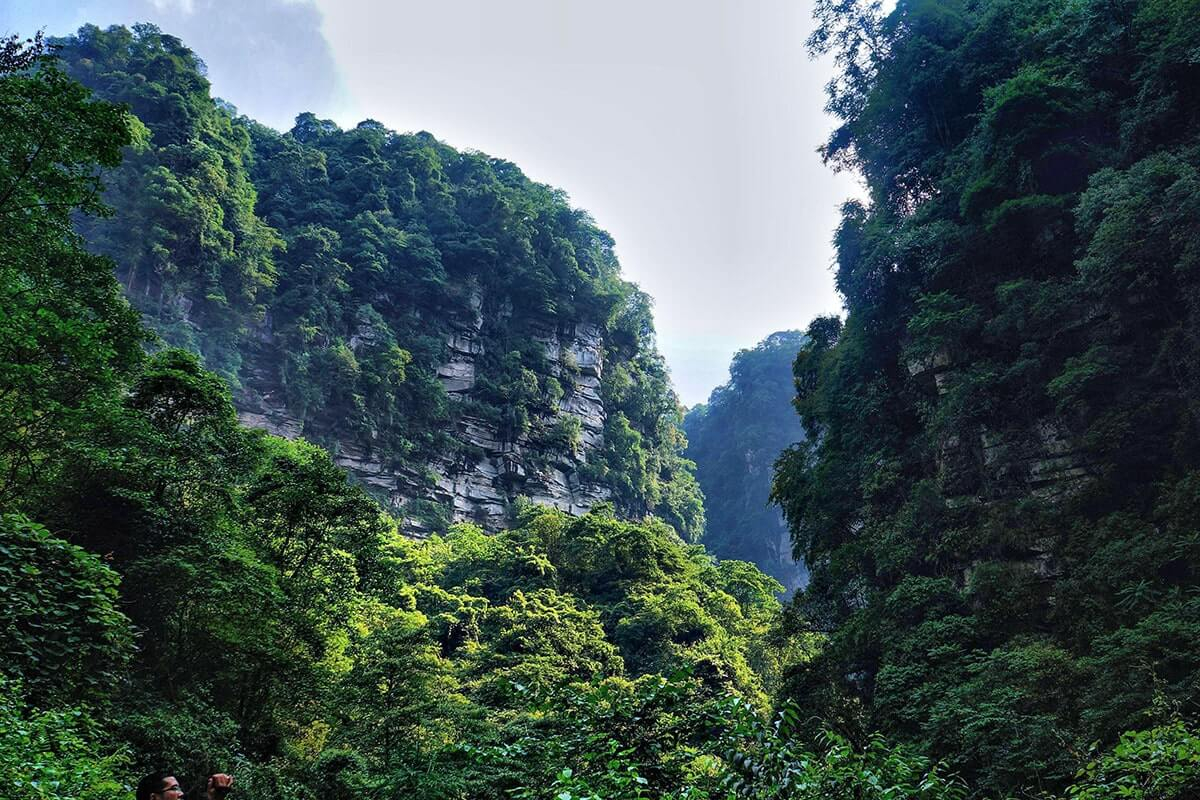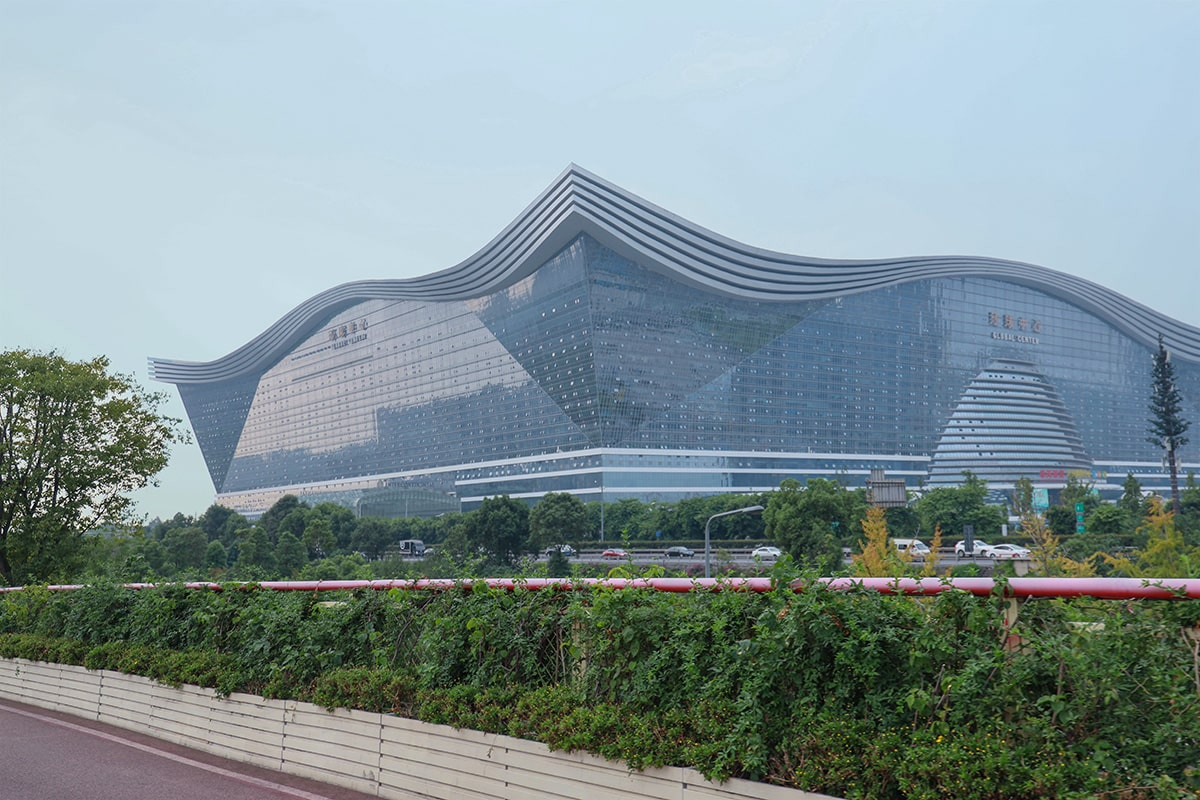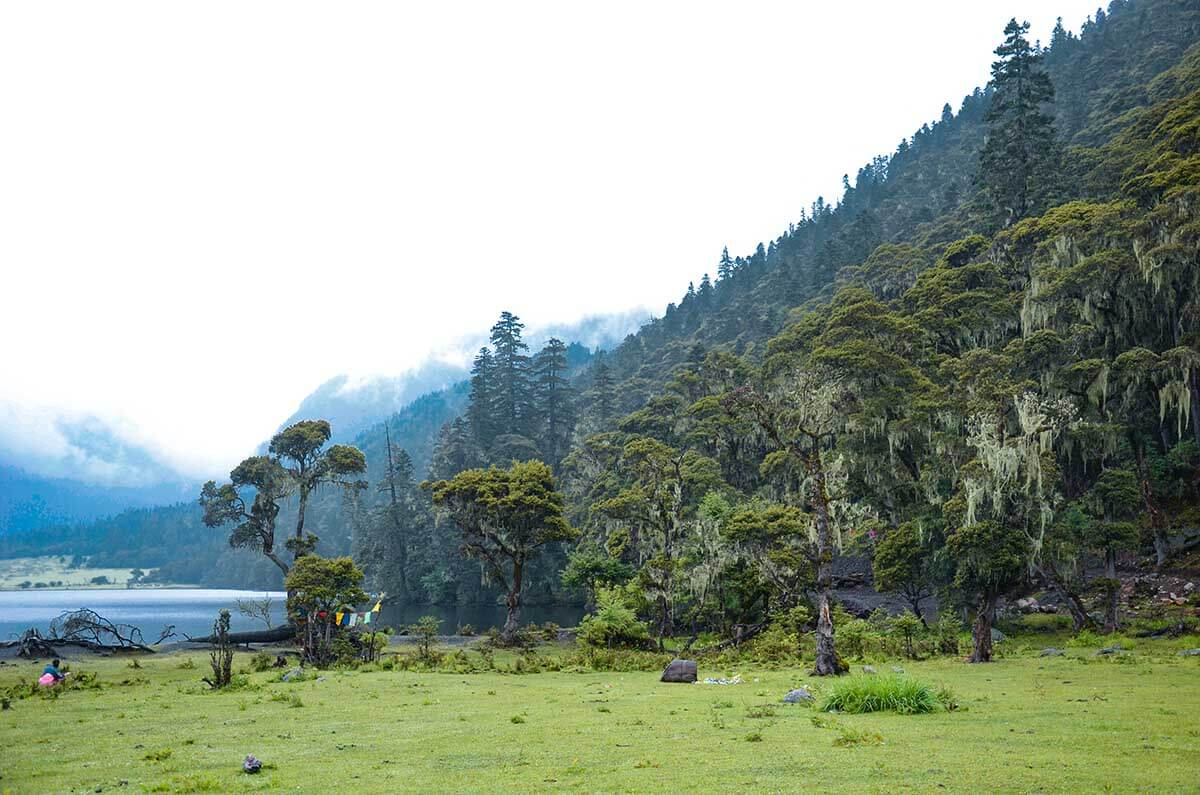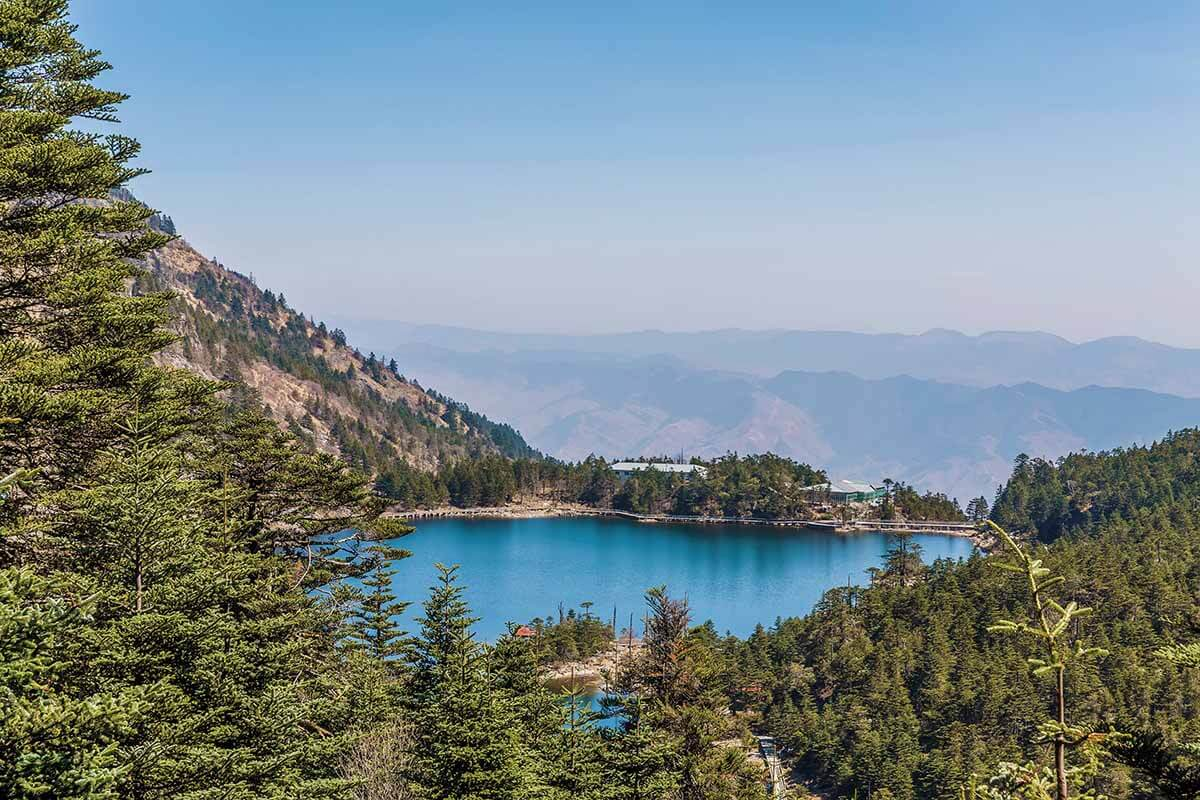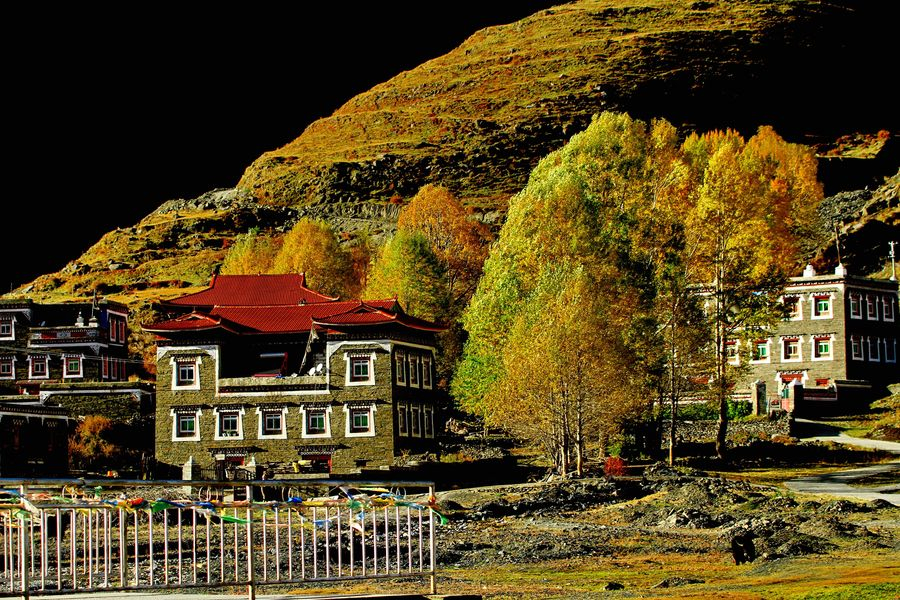Jiezi Ancient Town
Chinese Name: 街子古镇 (Jie Zi Gu Zhen)
Location: Chongzhou County, Chengdu Prefecture, Sichuan Province
Ticket: Free
Estimated tour time: 2-3 hours
Recommended time to visit: All year round
Nearby attractions: Mt.Qingcheng Scenic Spot, Xiling Snow Mountain Scenic Spot, Mt.Jiguanshan Forest Park, Longchi National Forest Park, etc.
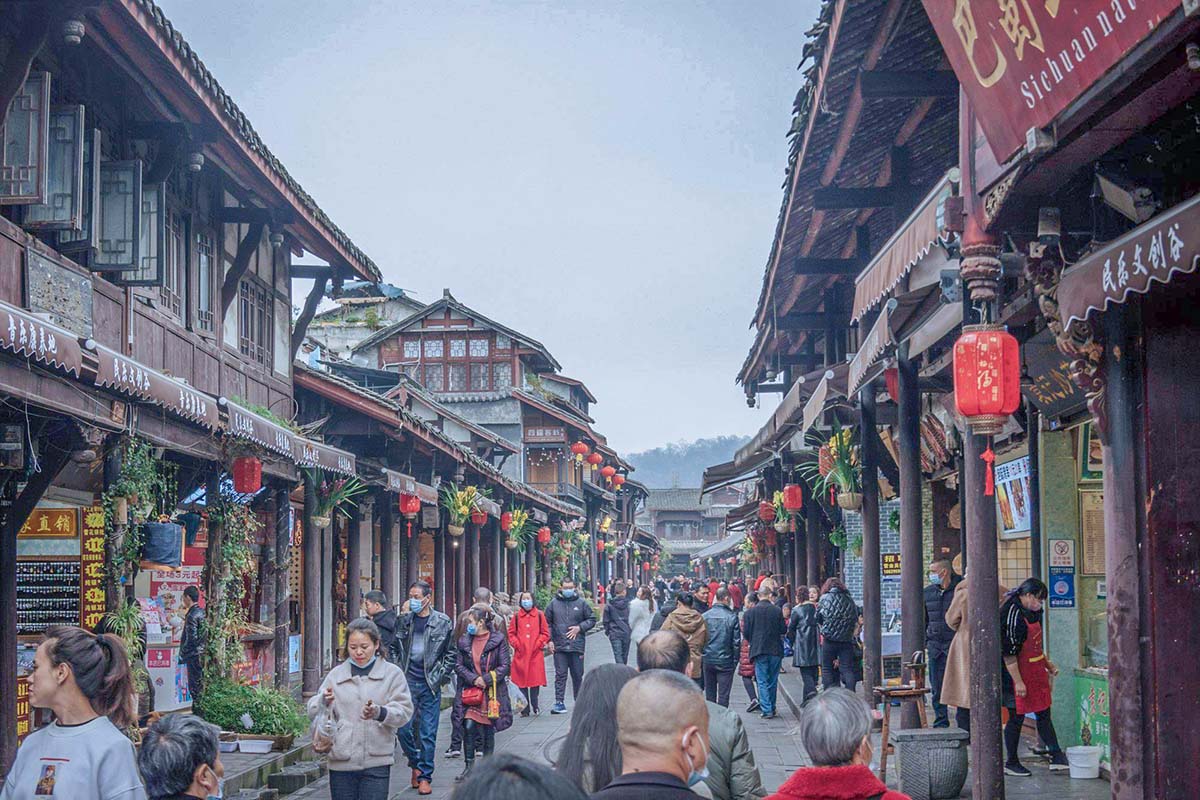
Jiezi Old Town, 57km from Chengdu, is the hometown of the Ladle Poet – Tang Qiu (唐求). This 1000-year-old ancient town is the typical reflection of old town in western Sichuan with Qing-dynasty dwellings, Millennium gingko tree, ancient stone pagodas and 32 temples. It is reputed as “the Back Garden of Mount Qingcheng”. “Jiezi” means small street. In Tang Dynasty (618-907 A.D.) and Five Dynasties Period (907-979 A.D.), it was called “Hengqu” which means across Weijiang River. For the chaos caused by war, the prosperous town turned into a street along the river in 1615 in Ming Dynasty (1368-1644) and the local people set this street a new name “Jiezi Chang” for marketing. Hence, it got “Jiezi”.
● Ziku Pagoda
Ziku (Word Stock) Pagoda is located in Gingko Square (five Millennium gingko trees of 20-meter high). Built during the reign of Emperor Daoguang (1821-1850) in the Qing Dynasty (1636-1912), with stone bars, stone piers and black bricks, the pagoda is 15 meters high with five floors in the shape of hexagon. On the top four layers, it is carved “The Legend of White Snake”. The ancient local people believed that it was blessed to cherish words, thus they won’t throw away paper with words at will. Instead, they gather the paper to incinerate in Ziku Pagoda. Two pagodas were built respectively at the entrance and exit of the street. The one at the entrance has been destroyed, and this exit one is still well-preserved, becoming a landscape and a historical site of the ancient town.
● Guangyan Buddhist Temple
Guangyan Buddhist Temple is situated in the forest of Fengqi Mountain at an altitude of 1100 meters. It was first built in Jin Dynasty (266-420). The uncle and grandson of Zhu Yuanzhang, the founding emperor of the Ming Dynasty(1368-1644), both took refuge here and the imperial court presented Hongwu Nancang (《洪武南藏》) which was the typical book of Buddhism as a gift to the temple. Among the three official editions carved in Ming Dynasty, Hongwu Nancang is the only one preserved in Chinese Buddhist classics.
- HOTEST
- RECOMMEND


